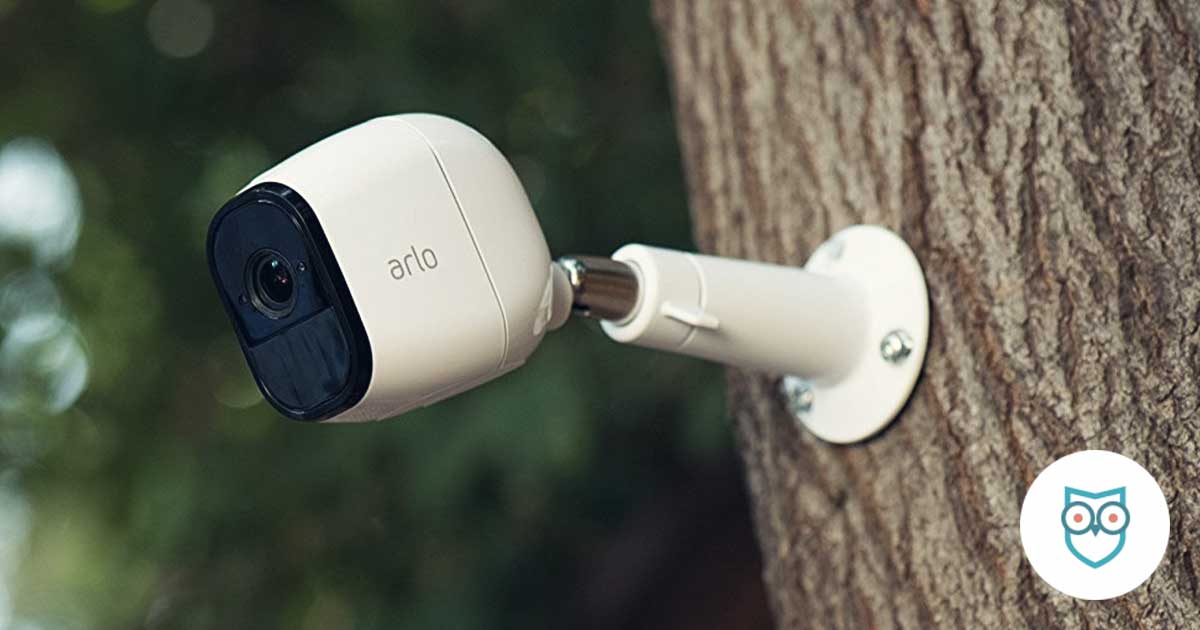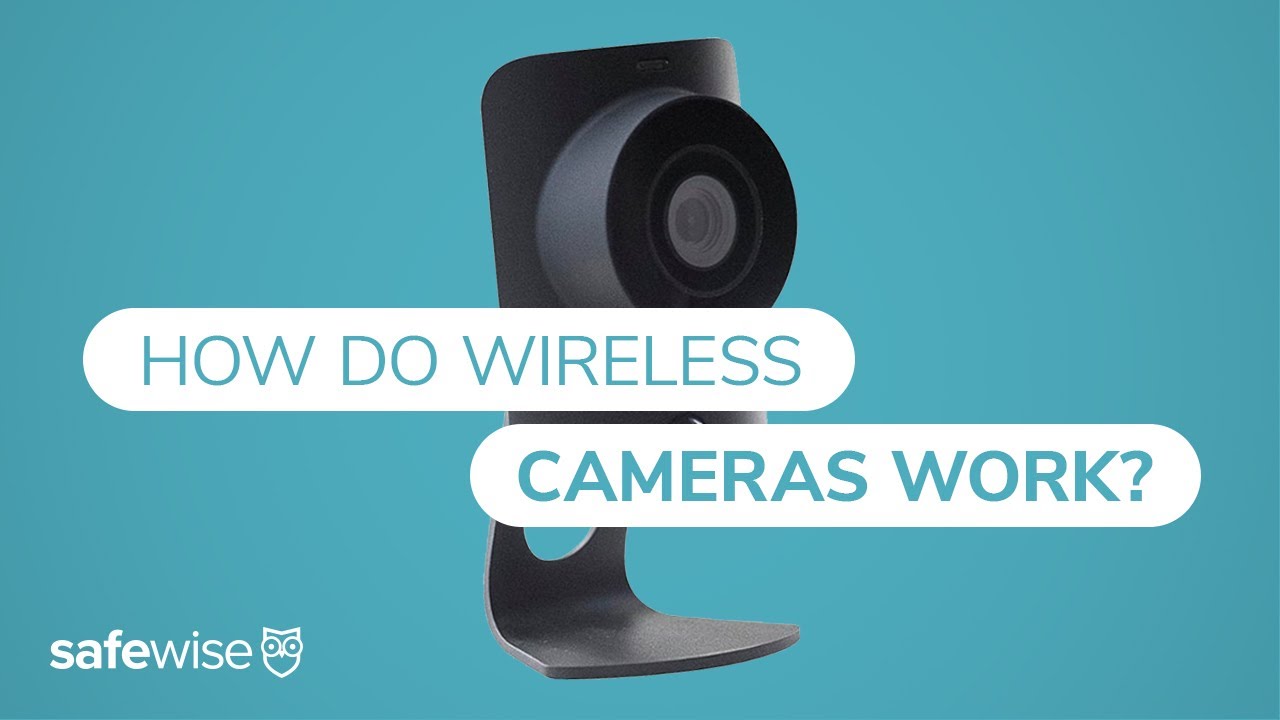Wireless security cameras are a type of surveillance camera that uses wireless technology to transmit video and audio signals. There are two main types of wireless security cameras: analog and digital. Analog cameras use an RF signal to transmit video and audio signals, while digital cameras use IP (Internet Protocol) to transmit the data.
Wireless security cameras are becoming increasingly popular as they offer a number of advantages over traditional wired cameras. They are very easy to install as there is no need to run any cables, and they can be placed virtually anywhere in your home or business. Wireless security cameras typically connect to your existing Wi-Fi network and send alerts and notifications directly to your smartphone or tablet.
So how do wireless security cameras work? Most wireless security cameras use IP (internet protocol) technology to send and receive data. This means that the camera can be connected to your home or office network and accessed from anywhere in the world using an internet connection.
The images and videos captured by the camera are stored on a secure server, which can be accessed by authorized users only.
Wireless security cameras offer a high level of flexibility, as they can be moved around easily and placed in different locations depending on your needs. They are also much easier to install than traditional wired cameras, making them a great option for both home and business owners alike.

Credit: www.safewise.com
How Do Wireless Security Cameras Work
Wireless security cameras transmit video and audio signals wirelessly, which allows for easy installation and flexibility in placement. The most common type of wireless camera transmits signals using radio frequencies (RF), while others use WiFi, Bluetooth or cellular networks.
Radio frequency cameras are the most popular type of wireless security camera.
They operate by sending and receiving radio waves between a transmitter and receiver. The signal is then sent to a monitor or recording device. Radio frequency cameras are typically used for long-range applications, such as monitoring a parking lot or perimeter fence.
WiFi security cameras are becoming more popular as home networking becomes more prevalent. These cameras connect to your home network and allow you to access the video feed from anywhere with an internet connection. WiFi cameras are generally used for indoor applications, as the range of the signal is limited by walls and other obstacles.
Bluetooth security cameras are similar to WiFi cameras, but they use Bluetooth instead of WiFi to connect to your home network. Bluetooth has a shorter range than WiFi, so these types of cameras are best suited for smaller areas like an apartment or office space.
Cellular security cameras use a cellular data connection instead of a wired Ethernet connection or Wi-Fi signal.
This allows them to be placed virtually anywhere since they don’t need to be near a router or other type of internet connection point.
They Typically Connect to Your Home’S Wi-Fi Network And Send Alerts, Images, And Video Footage to Your Smartphone Or Tablet
Home security cameras are becoming increasingly popular as home security becomes a greater concern for people. They typically connect to your home’s Wi-Fi network and send alerts, images, and video footage to your smartphone or tablet. This allows you to keep an eye on your home even when you’re not there.
There are a few things to consider when choosing a home security camera. First, decide where you want to install the camera. Common locations include near doors and windows, in hallways, and in the garage.
Second, think about what features you want in a camera. Some common features include night vision, two-way audio, motion detection, and cloud storage. Third, choose a budget for your camera.
Home security cameras can range in price from around $100 to over $1000 depending on the features and quality you’re looking for.
Once you’ve decided on a camera, it’s time to install it. Most home security cameras come with easy-to-follow instructions that walk you through the process step-by-step.
Once installed, open up the app that came with your camera and follow the prompts to set up an account and connect the camera to your Wi-Fi network. After that, you should be all set! You can now view live footage from yourcamera anytime, anywhere.
How Do Wireless Security Cameras Work?
Conclusion
Wireless security cameras are becoming increasingly popular as they offer a number of advantages over traditional wired security cameras. Wireless security cameras are very easy to install as there is no need to run any cables through your home or business, making them much less obtrusive. They also offer a high level of flexibility as they can be placed almost anywhere in your home or business.
Wireless security cameras work by transmitting video and audio signals wirelessly from the camera to a receiver which is connected to a monitor or TV. The signal can be transmitted up to several hundred feet, depending on the quality of the wireless signal. Most wireless security cameras use the 2.4 GHz frequency band which is also used by many other devices such as cordless phones and WiFi routers.
This can sometimes cause interference with the camera’s signal, but this can usually be resolved by using a different channel for the camera.
